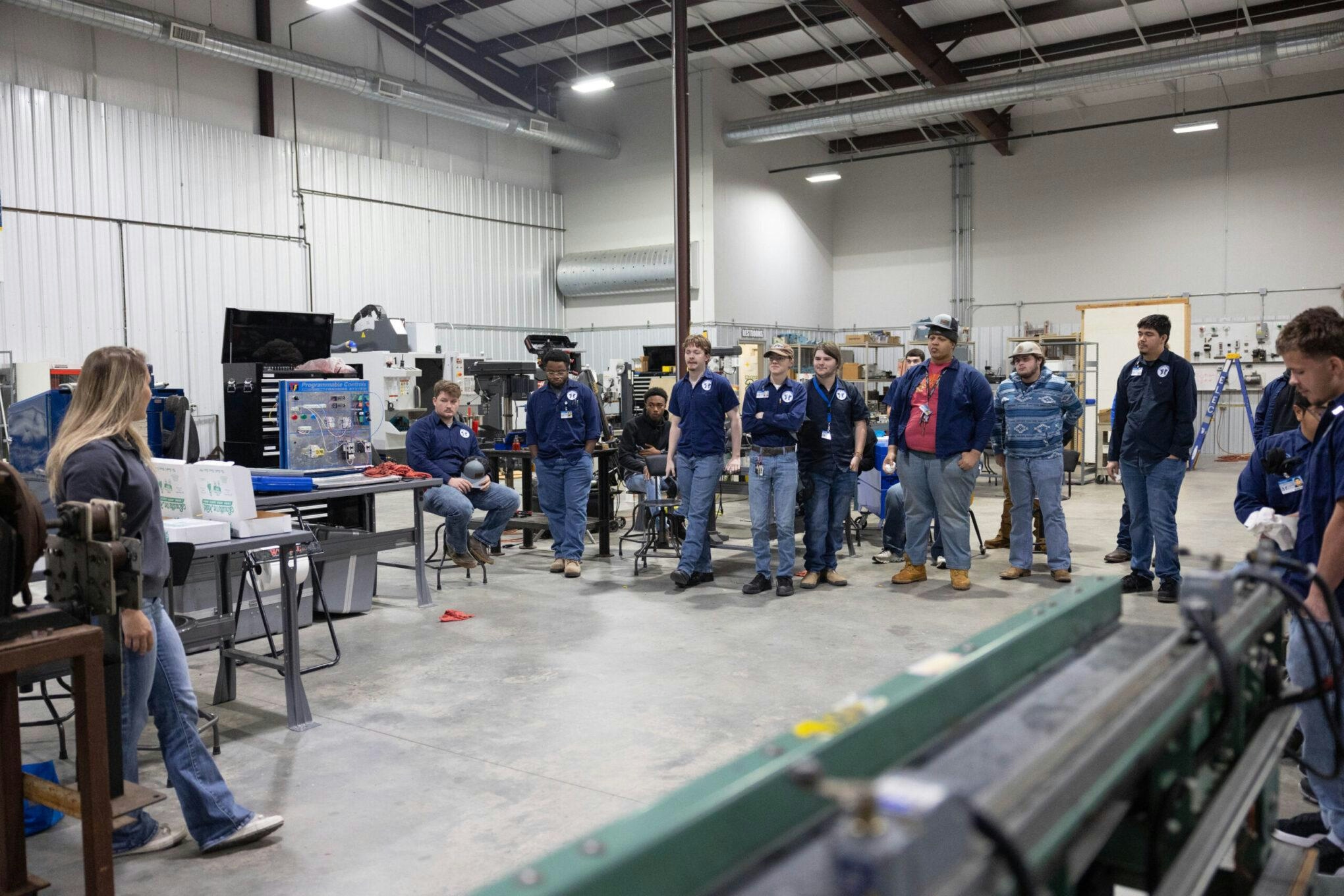
AeroGenie — Your Intelligent Copilot.
Trending
Categories
Commercial Aircraft Cabin Interior Market Outlook Through 2032

Commercial Aircraft Cabin Interior Market Outlook Through 2032
The global commercial aircraft cabin interior market is anticipated to experience steady growth over the coming decade. Valued at $4.8 billion in 2023, the market is projected to reach $7.5 billion by 2032, representing a compound annual growth rate (CAGR) of 5.8% between 2025 and 2032. This expansion is primarily driven by increasing demand for enhanced passenger comfort, ongoing fleet expansions, and continuous upgrades to cabin interiors.
Key Growth Drivers and Technological Innovations
Airlines worldwide are investing heavily in advanced seating solutions, in-flight entertainment systems, lighting, and galley equipment to elevate passenger experience and improve operational efficiency. There is a growing emphasis on lightweight, sustainable, and modular cabin components, which enable carriers to reduce operational costs while maintaining flexibility to adapt to evolving passenger preferences.
Technological innovation plays a pivotal role in this transformation. The integration of Artificial Intelligence (AI) and the Internet of Things (IoT) is reshaping cabin environments by enabling personalized passenger experiences and enhancing operational reliability. AI-powered systems now offer adaptable lighting, climate control, and entertainment options tailored to individual needs. Meanwhile, IoT facilitates real-time monitoring and predictive maintenance of cabin components, thereby reducing downtime and improving safety standards.
A prominent example of this technological advancement is Collins Aerospace’s galley.ai, an AI-enabled virtual assistant designed to streamline food and beverage service. By automating inventory management and routine tasks, galley.ai allows flight attendants to devote more attention to passenger interaction, ultimately elevating service quality.
Market Segmentation and Regional Dynamics
The market is segmented by materials, with alloys and composites being predominant. Among these, composites are experiencing the fastest growth due to their lightweight and durable properties. Product categories encompass aircraft and passenger seating, entertainment and connectivity systems, cabin lighting, galleys, lavatories, windows and windshields, stowage bins, and interior panels. Aircraft types are classified into narrow-body, wide-body, and regional aircraft.
Regionally, the Asia Pacific and North America markets are expected to witness the strongest demand, driven by rising air traffic and ambitious airline development plans. North America holds a significant market share, supported by robust airline operations and ongoing fleet modernization efforts.
Challenges and Industry Dynamics
Despite the optimistic outlook, the sector faces several challenges. Supply chain disruptions remain a critical concern, with the International Air Transport Association (IATA) estimating potential costs to the airline industry exceeding $11 billion in 2025. The aerospace industry’s substantial backlog—exceeding 17,000 aircraft as of 2024—adds complexity to production planning and delivery schedules.
Manufacturers such as Diehl Aviation are striving to meet the surging demand from major aircraft producers including Airbus and Boeing. Although recent easing in production ramp-up deceleration has alleviated some supply chain pressures, the risk of future disruptions persists. Additionally, rising raw material costs and increasingly stringent aviation regulations may constrain market penetration and revenue growth in the years ahead.
Strategic Outlook
To consolidate their market positions, industry players are increasingly engaging in partnerships, mergers, and technology consortiums. These strategic moves aim to accelerate innovation, broaden product portfolios, and capture greater market share.
Overall, the commercial aircraft cabin interior market is poised for robust, long-term growth, underpinned by technological advancements, shifting passenger expectations, and the ongoing expansion of global airline fleets.
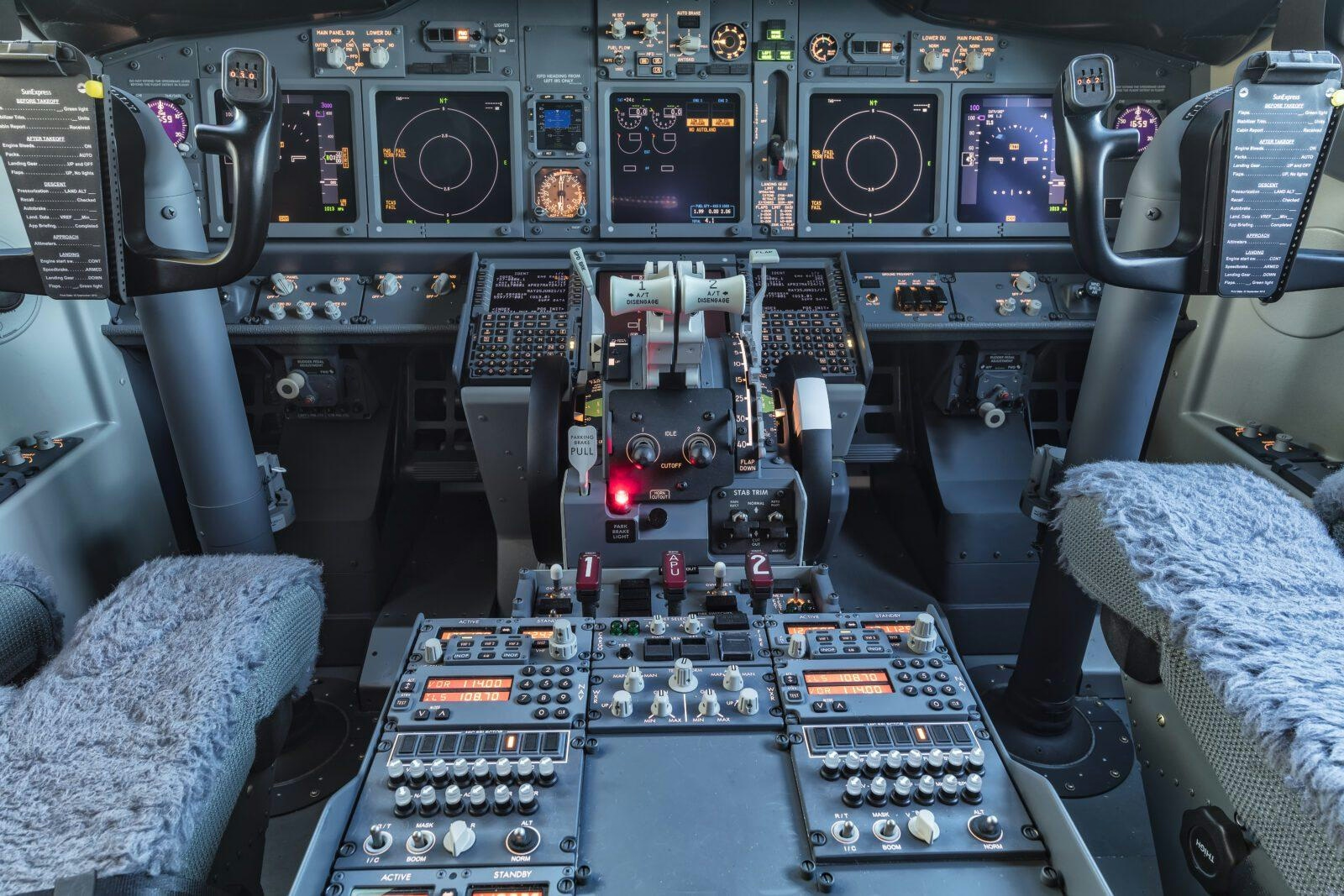
Investigators Examine Theory That Cockpit Sun Visor Caused Boeing 737 Engine Shutdown After Takeoff

Comparing the Fuselage Lengths of the Airbus A350-1000 and Boeing 787-10
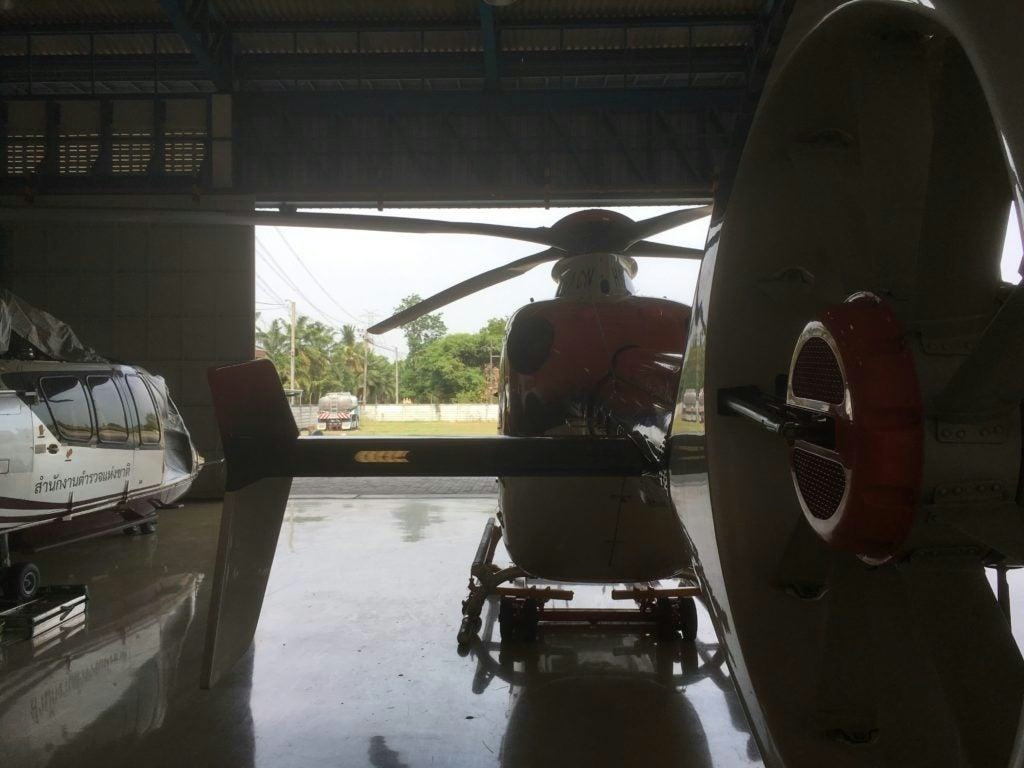
Thailand Establishes U-Tapao Aircraft MRO Center Contract for January 2026
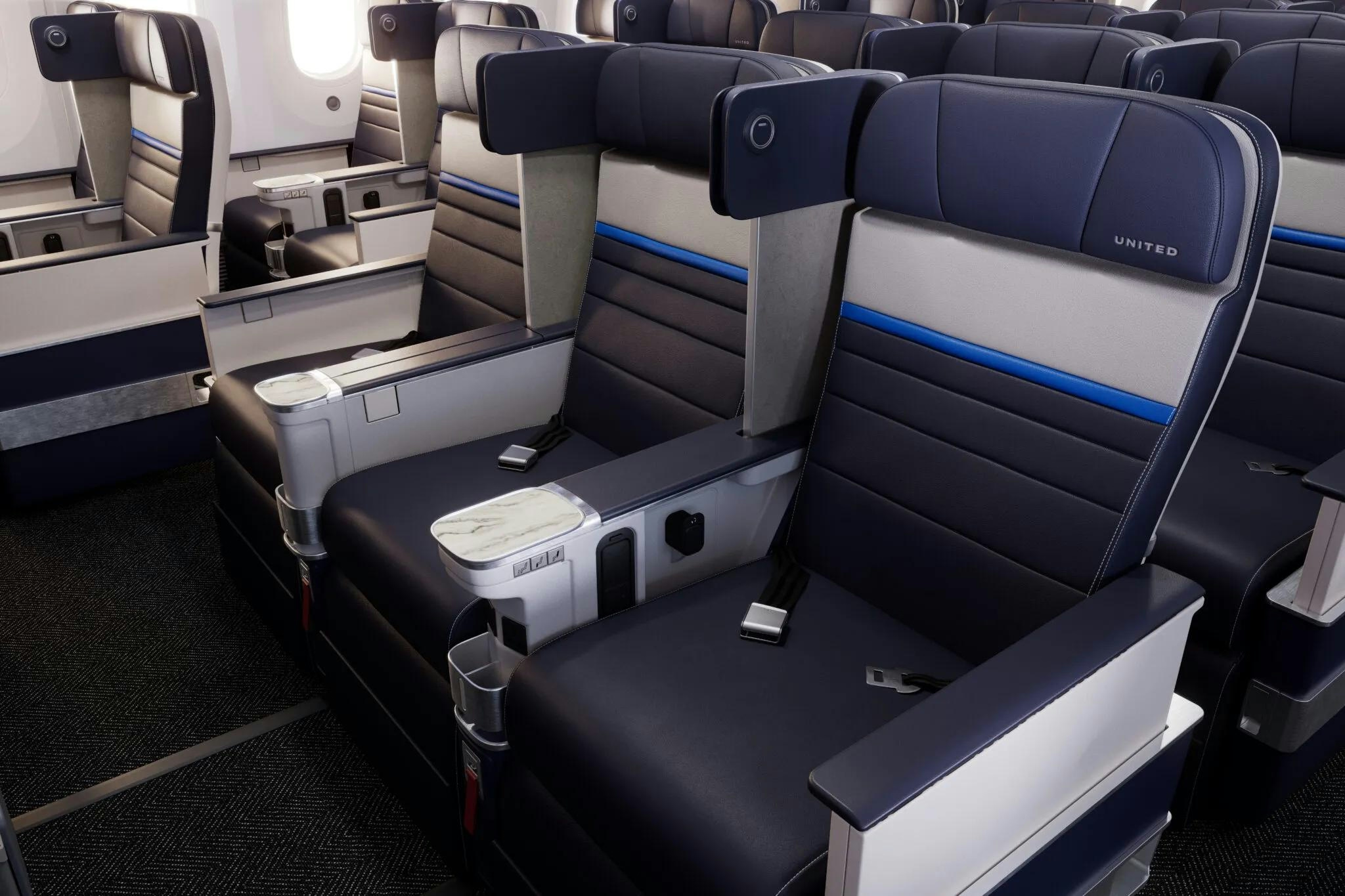
United Airlines Announces Routes for New Premium Boeing 787s
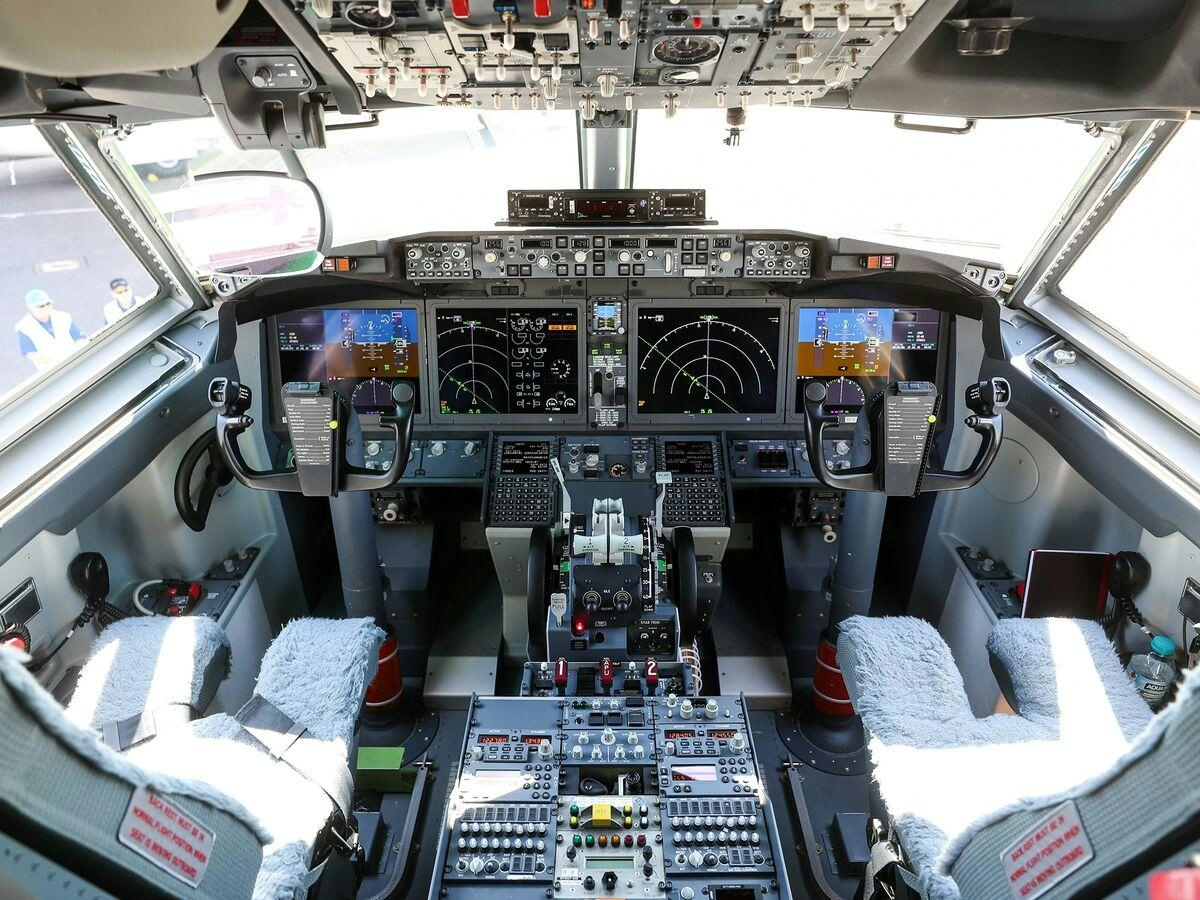
Boeing Introduces Remote Co-Pilot Technology
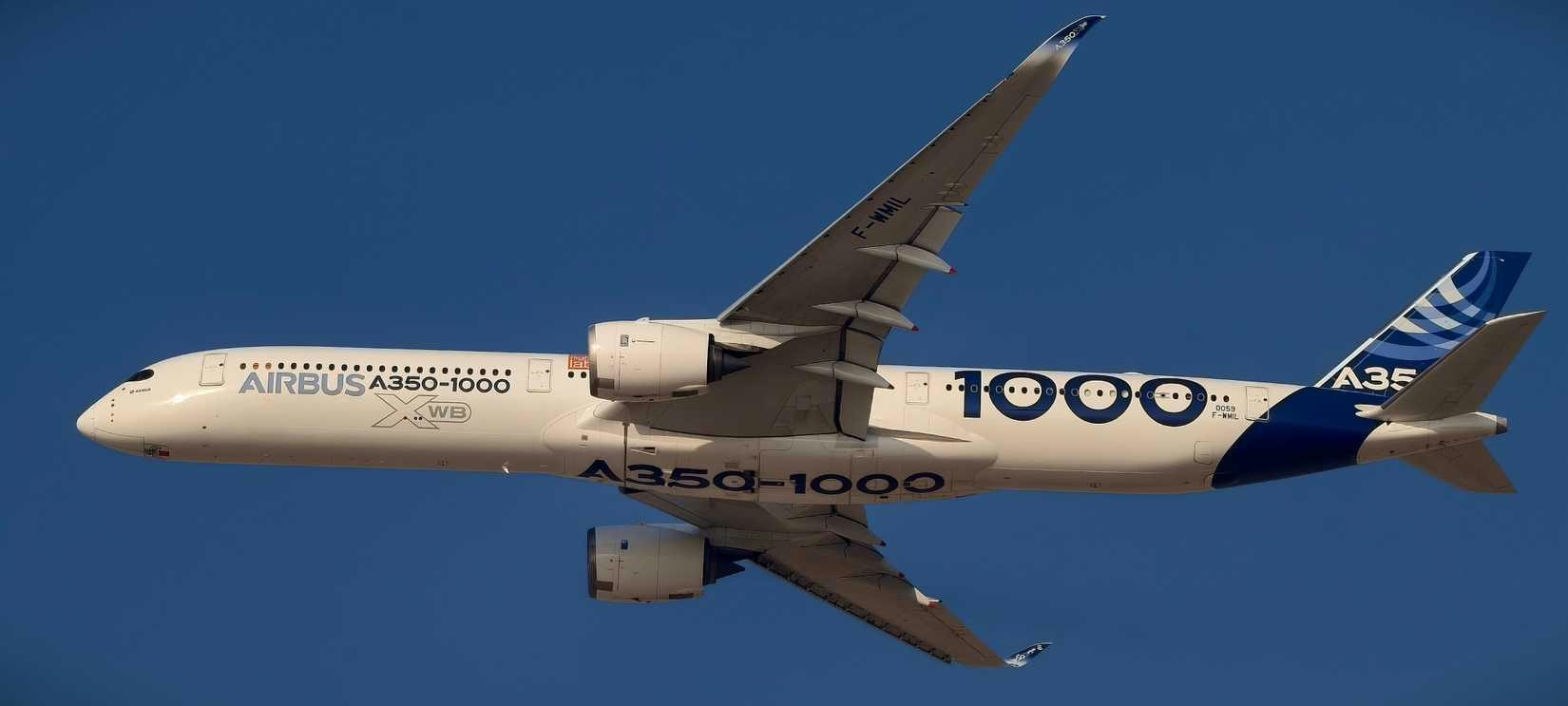
The Airbus A350-1000’s Fuel Efficiency Advantage Explained
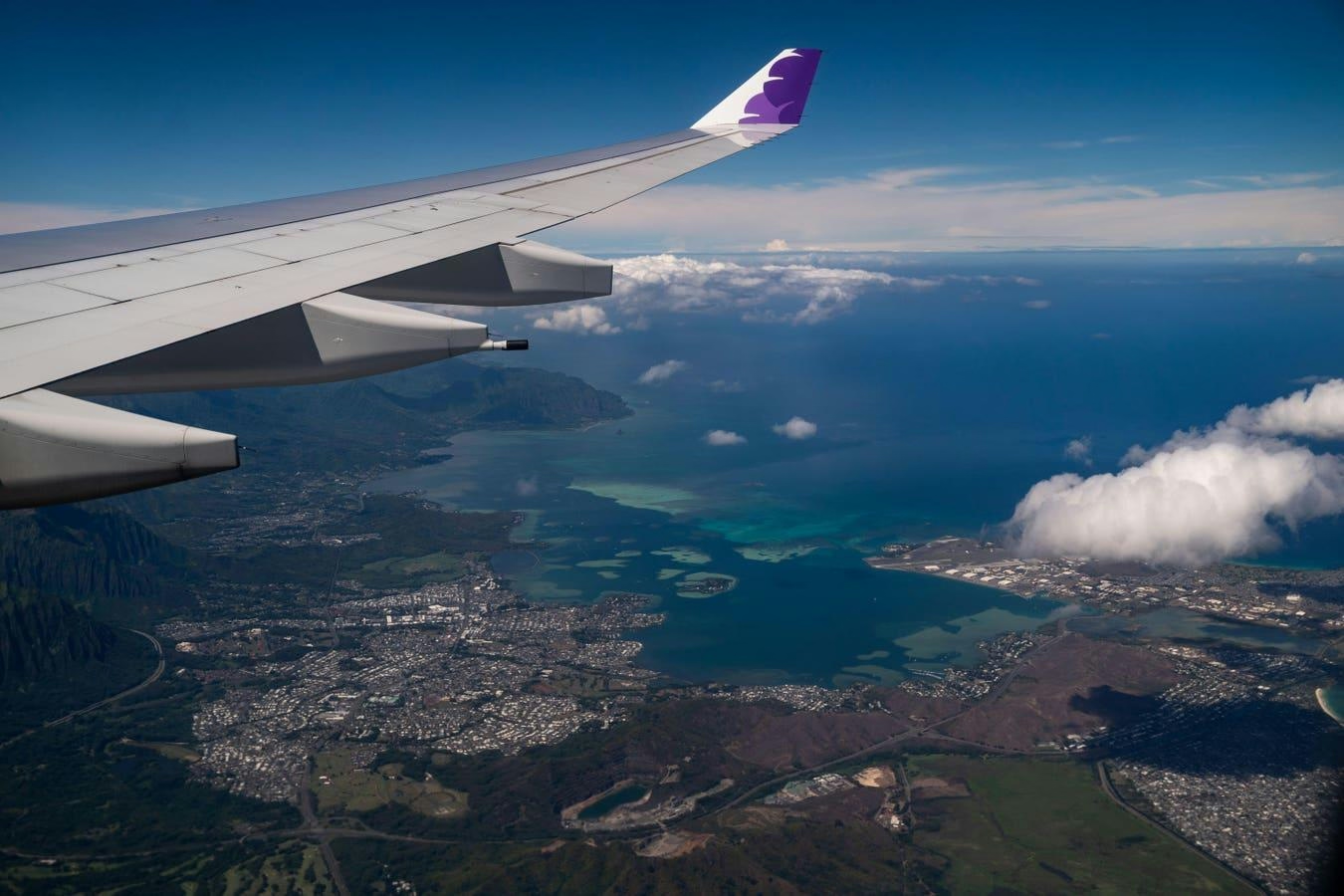
McNally Capital Expands Aviation Operations to Support Global Tourism

Two Young Climbers Begin Winter Ascent of McKinley

Elroy Air’s Autonomous Chaparral Delivers Lunch on A-to-B Flight
